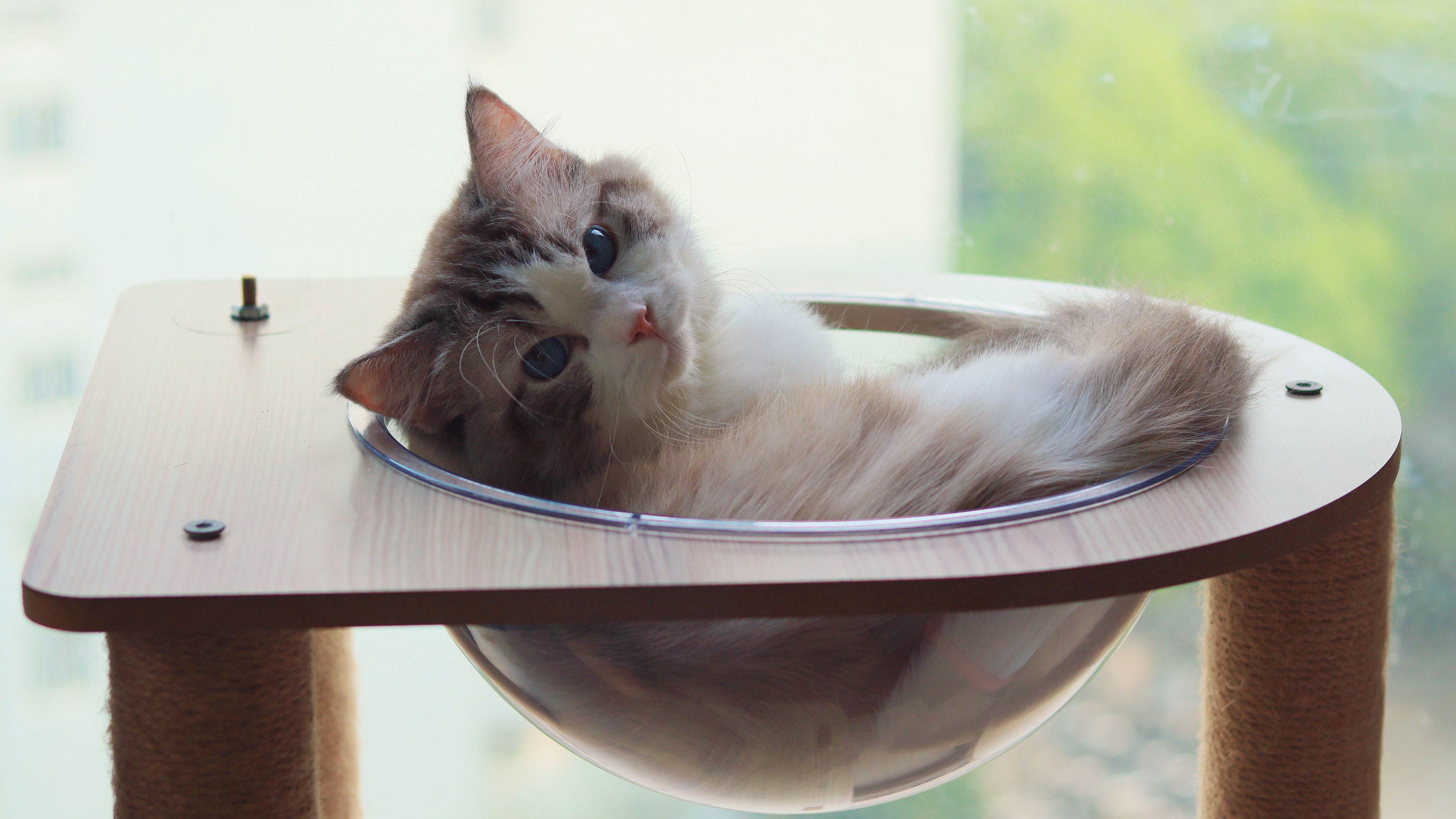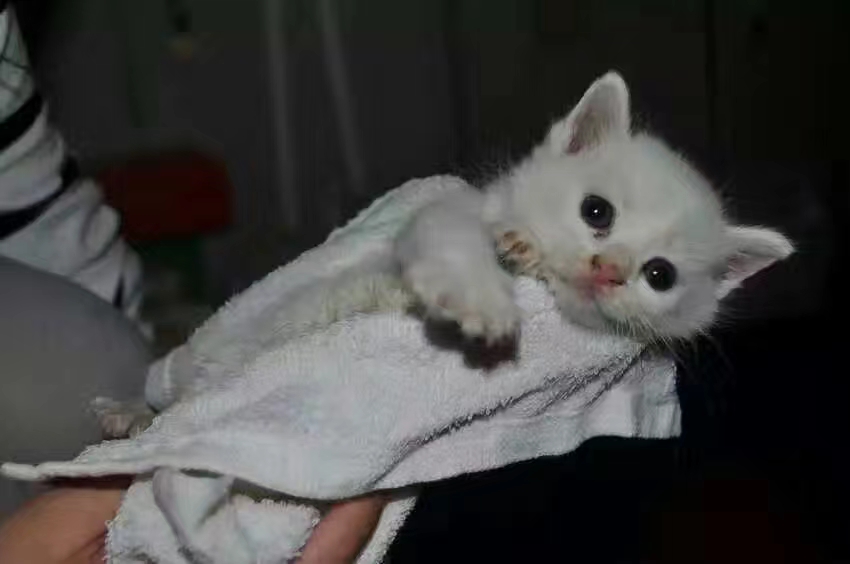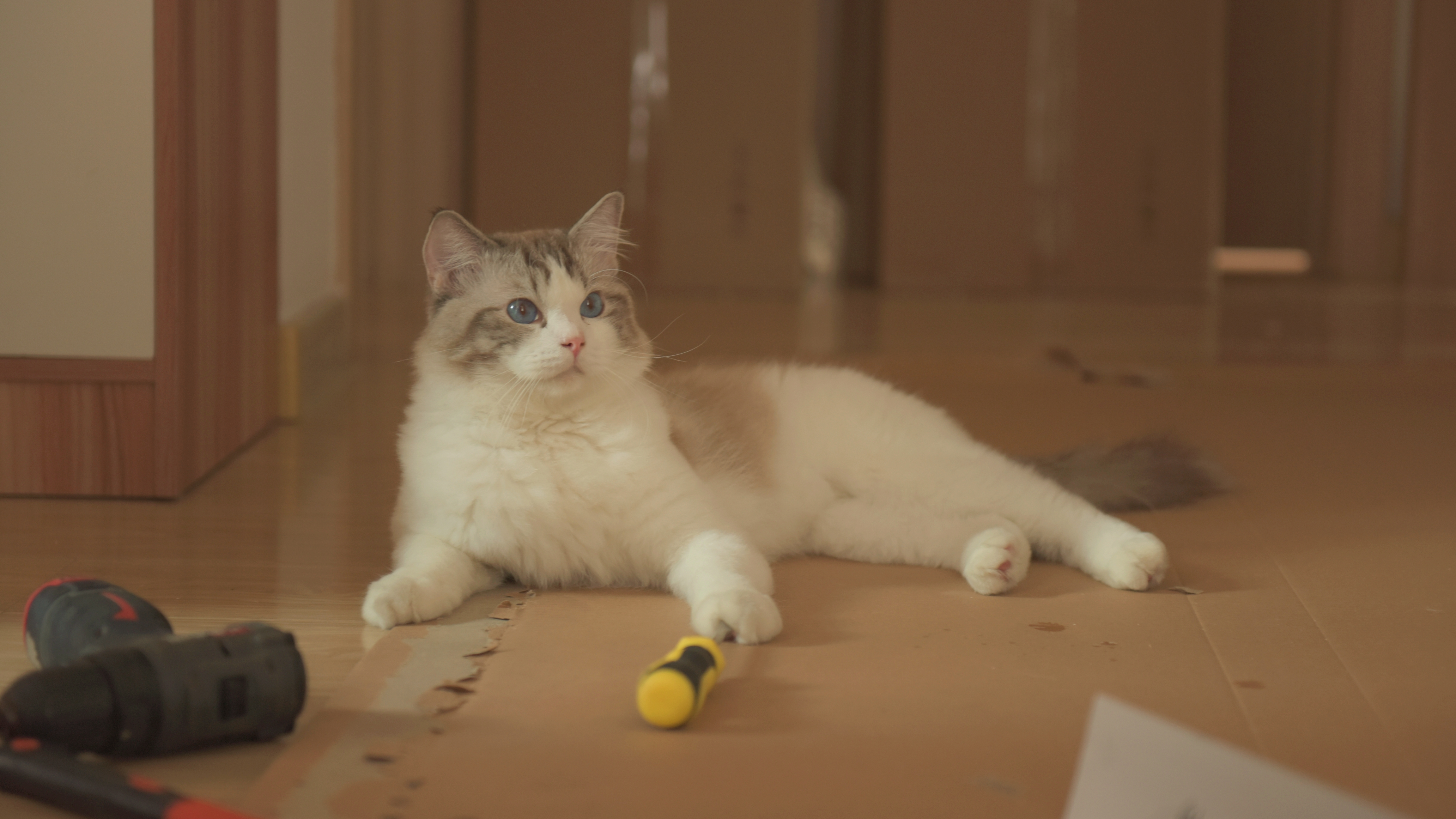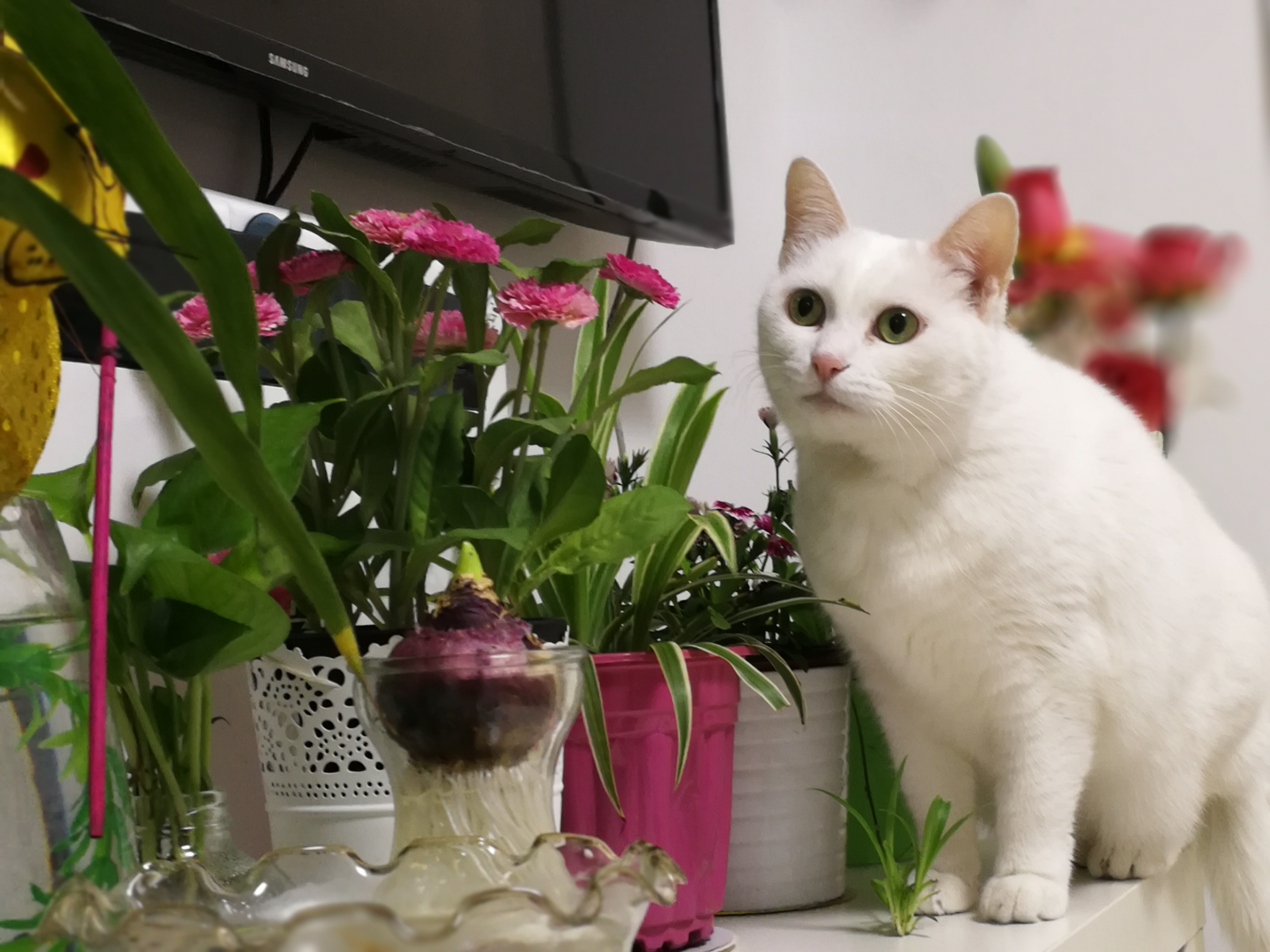00:57

Thirty-year-old Guo Yu has been spending more time working from home since the COVID-19 pandemic began. Sometimes she feels lonely and craves some company. So, she got a furry, petite Maltipoo.
Like Guo, millions of Chinese have pets. In fact, pet ownership has become ubiquitous in urban China.
The cat and dog population exceeded 112.4 million in 2021, rising from 87.5 million in 2017, according to Statista, a German company specializing in market and consumer data.
With the increase in pet ownership, the scale of China's pet industry has grown rapidly. From 2015 to 2022, pet consumption grew from 72.5 billion yuan ($10.7 billion) to 396 billion yuan ($58.6 billion), according to the 2021 White Paper on China's Pet Consumption Trends by iResearch Consulting Group, a Chinese market research firm offering consulting services.
"The growth of the pet economy reflects the rising of living standards," said Diao Li, a professor from the Economics and Management School at Wuhan University.
She explained that with fast economic growth and more balanced regional development in recent years, people now have more disposable income to spend on their pets.
There are several reasons for the growth of China's pet industry.
For the past several years, an increasing number of people have been living alone, and more people are getting pets to help deal with loneliness. According to the latest Ministry of Civil Affairs data, an estimated 77 million were living alone in China in 2018, and the number rose to 92 million in 2021.

A picture of Tao's cat, Happy, when she was little in 2010. /Courtesy of Tao Fuwen
A picture of Tao's cat, Happy, when she was little in 2010. /Courtesy of Tao Fuwen
"My cat's company keeps me from being lonely," said Tao Fuwen, a university teacher living in Shanghai, adding that petting her cat's soft, downy hair would always lift her mood.
Tao's neighbor, Liu Zilu, has a cat named Zeng Yidian. The 31-year-old said her cat is curious and outgoing, especially when people come to her home. Sometimes Tao would visit Liu and spend time playing with their cats together.
The trend in pet ownership is primarily driven by young consumers. The white paper shows that nearly half, 47 percent, of pet owners were born after 1990.

Zeng Yidian sits on the floor in Liu's home, watching workers fix a home appliance, Shanghai, China, October 1, 2022. /Courtesy of Liu Zilu
Zeng Yidian sits on the floor in Liu's home, watching workers fix a home appliance, Shanghai, China, October 1, 2022. /Courtesy of Liu Zilu
Another reason is that as people spent more time at home during the COVID-19 pandemic, those who had worried that they don't have enough time to take care of a pet became more capable of raising one.
"Keeping a pet makes me feel safe so that I can better concentrate on my work. As I spend most of the time staying at home, no shopping or dining out, it makes me feel that everything in life just goes as normal," said Guo.
The COVID-19 also accelerated the shift to more online consumption of pet products and services, contributing to a large part of the pet industry's growth.
During Spring Festival last year, revenue from pet supplies and clothing increased by 40 percent and 65 percent, respectively, according to a report by Taobao Live, a consumer live broadcast platform.
Pet owners made online platforms their primary place to buy food products, with 74.5 percent buying pet food and 64.2 percent buying nutritional products online, the white paper shows.

Xi Yangyang, a 12-year-old cat, sits near a flower in Tao's home in Nanjing, China. /Courtesy of Tao Fuwen
Xi Yangyang, a 12-year-old cat, sits near a flower in Tao's home in Nanjing, China. /Courtesy of Tao Fuwen
The demand for pet services has also become more diversified in recent years. Services like pet sitting, grooming, training, and photography bring more opportunities to the pet market.
The growing trend in China's pet industry is expected to continue in the future. It is estimated that the market value will reach 445.6 billion yuan in 2023, according to the white paper.
Pickier consumers
"Today's consumers are 'pickier' And pay more attention to the ingredient decks when choosing pet foods," said Shen Juncheng, the owner of the San Hao Pet Shop in Beijing.
Among all the pet foods, freeze-dried food, raw diet and baked food products with better nutrition and tastes have become the most popular choices by consumers, according to the Pet's Consumption Trends Report released in May 2022 by JD.com, Inc., one of China's largest online retailers.
"Previously, pet owners tended to think that expensive means better, but during the pandemic, they spend more cautiously and would shop around for the best deal," said Shen.
The change in consumers' shopping habits brings more pressure to the pet supplies manufacturers, as the competition has become more intense.
(Cover image: Liu Zilu's cat, Zeng Yidian, sits in the space capsule of a cat climbing frame in Shanghai, China, August 17, 2022. /Courtesy of Liu Zilu)
Video by Yang Yiren